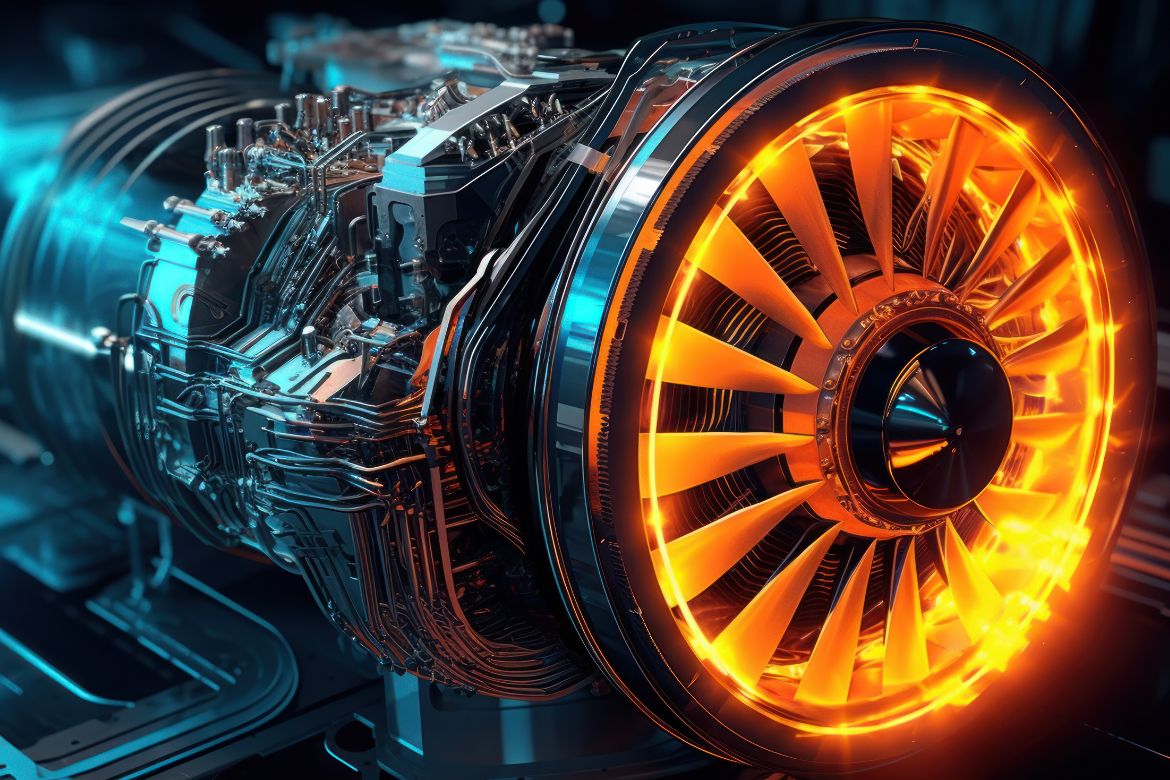Different Materials for Aerospace Propulsion Systems
The choice of materials plays a pivotal role in determining the performance, reliability, and efficiency of aerospace propulsion systems. Much like the many benefits of copper in technology, there are certain materials that are ideal for aerospace applications. Read on to discover the different materials manufacturers use for aerospace propulsion systems.
Superalloys
In the realm of aerospace propulsion systems, superalloys hold a position of prominence due to their unique characteristics. Comprising primarily nickel, iron, and cobalt alloys, these superalloys are renowned for their high heat resistance, superior dimensional stability, and remarkable strength under extreme conditions. These properties make them an ideal choice for use in jet engines, where they must withstand enormous amounts of heat and pressure without deforming or failing.
Metal Composites
Metal composites, as their name suggests, are the result of combining two or more metallic elements to create a material with properties superior to those of its individual constituents. The primary advantage of metal composites lies in their ability to offer the strength of metal while maintaining a lighter weight. This unique balance makes them an ideal choice for aerospace propulsion applications in which every gram counts. In addition, metal composites exhibit high resistance to heat and corrosion, making them well-suited to withstand the harsh conditions inside jet engines.
The process of creating metal composites involves several steps. Initially, manufacturers melt down and mix together individual metals. They then cool the resulting mixture and subject it to various treatments to enhance its properties.
Beyond their use in jet engines, metal composites have found wide applications across the aerospace industry. They form critical components of wide-body and single-aisle wings, brackets, and much of the empennage (the tail section of an aircraft). Modern Boeing airplanes are a testament to the extensive use of metal composites in aerospace, with these materials constituting nearly 50 percent of the 787’s structure.
Ceramics
Various ceramics find extensive use in jet engine applications. Among these, silicon carbide and silicon nitride are popular for constructing turbine blades, combustion chambers, and an assortment of bearings and seals. These ceramics possess properties that make them highly suitable for such applications. Their robustness and resistance to wear and tear under extreme conditions contribute significantly to their widespread use.
Ceramics, due to their superior thermal resistance properties and lightweight characteristics, are ideal for jet engine applications. They can withstand high temperatures without melting or deforming. Moreover, their light weight contributes to fuel efficiency by reducing the aircraft’s overall weight. From silicon carbide and silicon nitride to alumina and zirconia, ceramics enhance performance and efficiency in aerospace.
Advanced Polymer Composites
Advanced polymer composites hold a pivotal role in the development of aerospace propulsion systems. These materials are a combination of polymer resin and a reinforcing fiber, such as carbon or glass. The result is a material that offers high strength, low weight, and excellent durability. The key advantage of advanced polymer composites lies in their high strength-to-weight ratio. This characteristic makes them a superior choice for many components within aerospace propulsion systems, where reducing weight without compromising strength is paramount.
Understanding the different materials commonly used for aerospace propulsion systems is key to appreciating the complexities and intricacies involved in crafting efficient and reliable aerospace technology. From the heat-resistant superalloys to the strength and lightness of metal composites to the thermal resilience of ceramics, each material brings unique attributes to the table.

